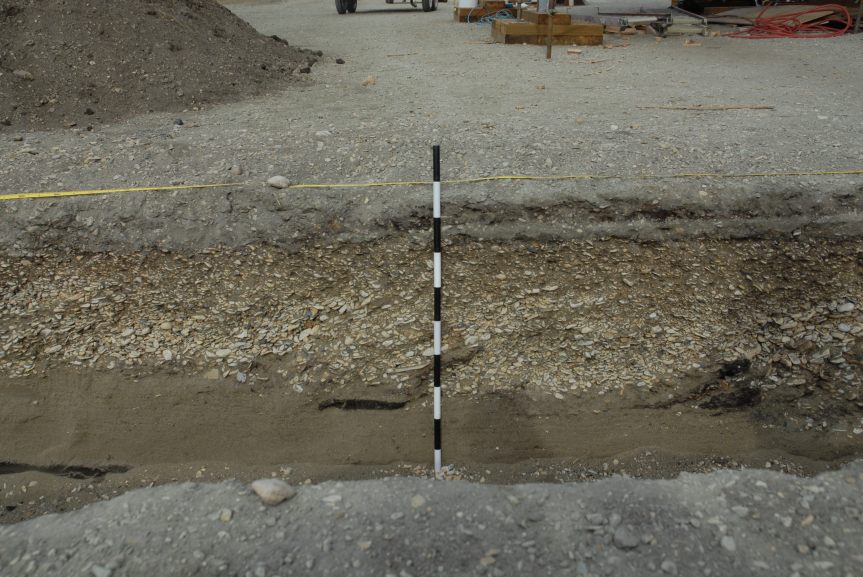That’s what I’ve been doing lately. No, not that kind of dating. I’ve been wrestling with how old sites are, combined with the catching up after travel and working on taxes and other forms, it’s kept me busy enough that blogging kept coming in second to sleep.
I got started on this because I agreed to write a chapter for a forthcoming handbook of arctic archaeology dealing with Western Thule to Late Precontact in Northern & Western AK. The northern part was fairly easy, since this is where I have been working for years, and I know the literature inside out, and am responsible for most of the C14 dates in that time frame, as it turns out (a lot of the major sites here were excavated before C14 dating was invented) but I needed to brush up a bit on the more southern parts of the area, I felt. When I started doing that, I realized that terminology was a bit fuzzy (early investigators tended to think the entire sequence had to be present, and to call things, say, “Birnirk” because they thought there must be Birnirk, rather than because there were any diagnostic (types or designs only found in one culture) Birnirk artifacts at the site.
Then it became clear that people were using some artifact types as “index fossils” without being clear that they were really only in use for a limited time period. So if they found such an artifact in a feature, they assumed the feature was used at the same time as all other features with that artifact in them. Fairly recent C14 dating of some such artifacts has shown that some are pretty good to use, and others were being made for hundreds of years, so they aren’t really much help.
There is a pretty good dendrochronological (tree ring) series for the southern part of the area, due to Lou Giddings‘ pioneering work. This has enabled people to date wood, although in some cases the possibility of wood reuse seems not to have been considered thoroughly, and only one log dated in a feature. Then artifacts and artifacts assemblages (groups of artifacts often found together) found in that feature have been dated from the dendro date, and similar assemblages have been assumed to be about the same age.
Add the fact that there are a number of beach ridge complexes in the area (Cape Krusenstern, Cape Espenberg), which develop over time. Once people figured that out, it was a logical (and frequently correct) assumption that maritime-adapted people would choose to live on the ridge closest to the ocean. From there, it was only a short step to deciding that all features on a particular ridge were fairly close in age. In fact, as people have started doing more C!4 dating, and understanding how to interpret the dates better, it’s clear that isn’t the case.
As you can see, it’s not a pretty picture. Add the tendency of earlier researchers to conflate time periods (as they understood they) with archaeological cultures, and things get really confusing. Since this is a handbook, which one assumes is meant to be around for a while (although come to think of it, the Encyclopedia of Marine Mammals, in which I have a co-authored article, is in a 2nd edition less than seven years after the original came out), one would like to write an article that will not be rendered obsolete immediately.
So…. I’ve been going through the literature actually looking at the details of dates given for sites, dendro, C14 or otherwise, and am evaluating them on 9 different criteria to try to winnow out dates that are really reliable to base the chronology on. That doesn’t mean other sites/features won’t be mentioned, but it does mean I’ll avoid putting hard dates on them, or using them as a basis to date yet other sites.
This is not fun. I just hope it’s productive.

